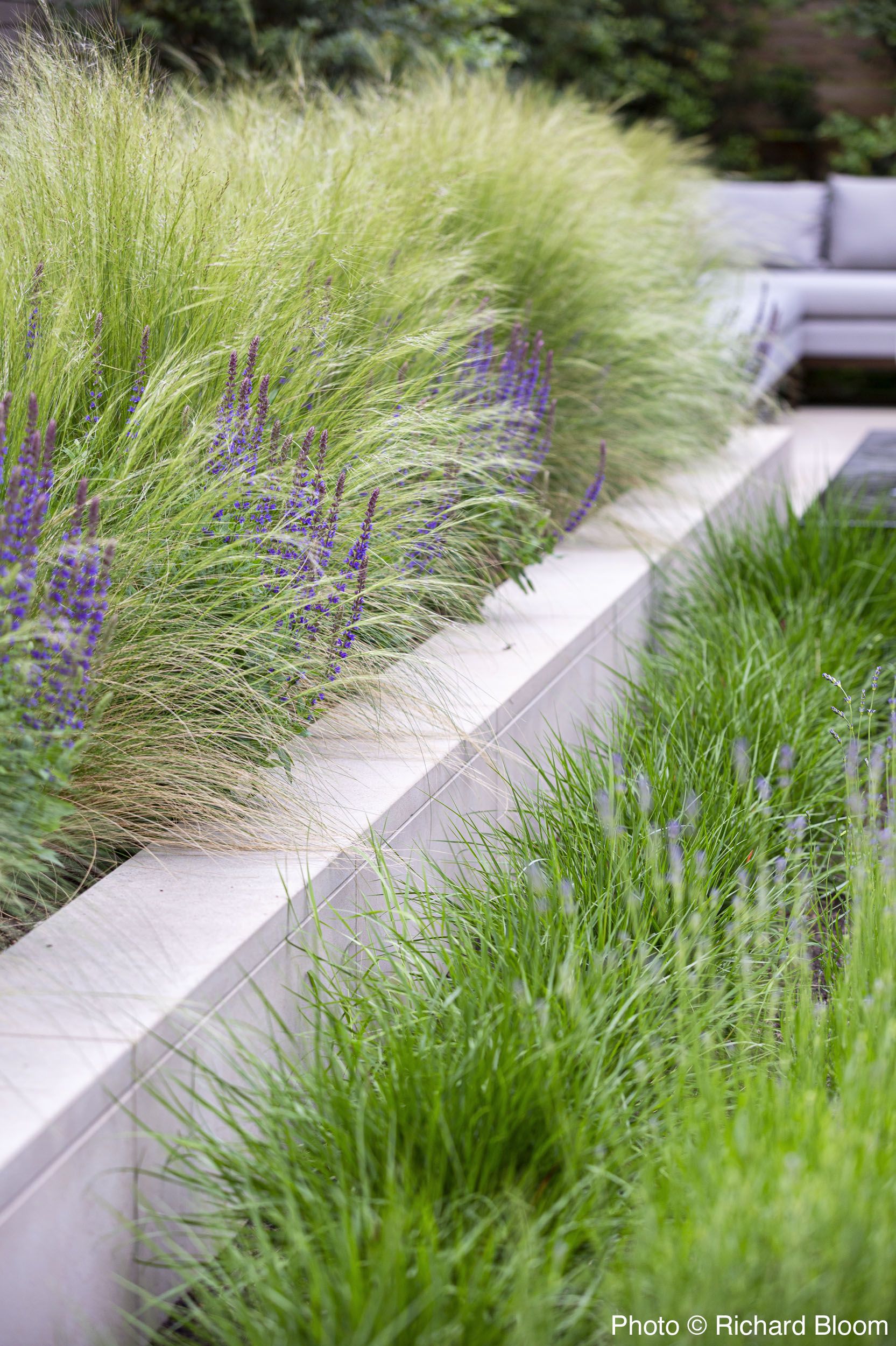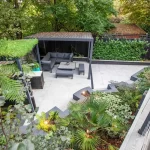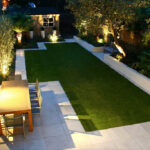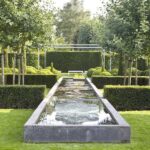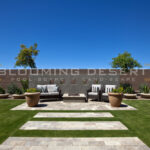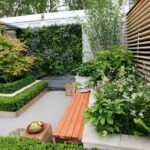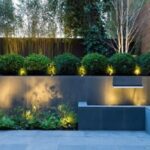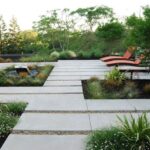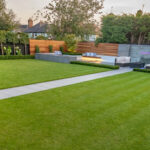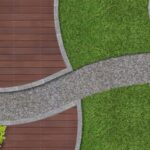Contemporary garden design has become increasingly popular in recent years as people seek to create outdoor spaces that are not only beautiful, but also functional and sustainable. This style of garden design places an emphasis on clean lines, minimalism, and the use of modern materials and technologies.
One of the key features of contemporary garden design is the use of geometric shapes and patterns in the layout of the garden. This can be seen in the use of square or rectangular paving stones, raised beds, and sleek, straight-lined planters. These shapes create a sense of order and symmetry in the garden, giving it a modern and sleek look.
Another important aspect of contemporary garden design is the use of modern materials such as concrete, steel, and glass. These materials are often used to create structures such as pergolas, arbors, and water features that add interest and visual appeal to the garden. Additionally, these materials are durable and low-maintenance, making them ideal for use in outdoor spaces.
Contemporary garden design also incorporates sustainable practices and elements such as rainwater harvesting systems, drought-tolerant plants, and eco-friendly materials. This focus on sustainability not only helps to reduce the environmental impact of the garden, but also creates a healthier and more self-sufficient outdoor space.
In terms of planting design, contemporary gardens often feature a mix of native and exotic plants that provide year-round interest and color. Grasses, succulents, and ornamental trees are commonly used in contemporary garden design to create a sense of movement and texture in the space.
Overall, contemporary garden design offers a fresh and innovative approach to creating outdoor spaces that are both visually stunning and functional. By incorporating modern materials, sustainable practices, and thoughtful planting design, contemporary gardens can transform any outdoor space into a stylish and inviting retreat.
